Buy the photo Close-up of barnacles and mussel shells by WeltReisender Magazin on canvas, ArtFrame, poster and wallpaper, printed on demand in high quality.
About "Close-up of barnacles and mussel shells"
by WeltReisender Magazin
About the artwork
Vietnam, Con Dao - A dense colonisation of marine hard-substrate organisms on the surface of a coastal rock. The round, calcareous structures mainly belong to barnacles (Cirripedia), which are sessile crustaceans that permanently attach themselves to solid surfaces. Between them are the remains of mussel shells, presumably Bivalvia, which occur in similar intertidal zones but are not firmly attached like barnacles. This community belongs to the so-called epibionts - organisms that live on other surfaces without damaging them. The strong intermixing of different growth stages, from freshly settled larvae to larger, eroded exuviae, indicates a long-term, multi-cyclic colonisation. Such structures are typical for the intertidal area, i.e. the zone that is regularly covered and uncovered by the sea. They are regarded as ecological hotspots, as they not only harbour filter feeders, but also create microhabitats for algae, small crustaceans and other invertebrates. The motif is suitable for topics such as marine biology, biodiversity of the intertidal zone, biofouling, ecological succession or the adaptation strategies of sedentary coastal organisms.

About WeltReisender Magazin
I have brought back many photo impressions from my travels. So that you can also enjoy the impressive pictures, I offer selected photos here that can be printed on canvas, as posters, on acrylic glass and even more media. For more travel inspiration, visit my website.. Read more…
 Netherlands
Netherlands Ordered in September 2021
Ordered in September 2021
 Germany
Germany Ordered in April 2019
Ordered in April 2019
 Germany
Germany Ordered in July 2019
Ordered in July 2019
 Netherlands
Netherlands Ordered in February 2019
Ordered in February 2019
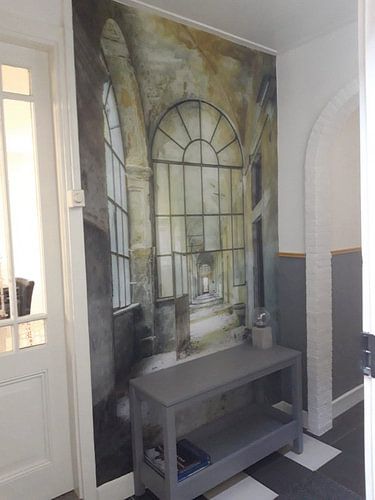
 Germany
Germany Ordered in January 2022
Ordered in January 2022
 Netherlands
Netherlands Ordered in February 2019
Ordered in February 2019
 Germany
Germany Ordered in March 2020
Ordered in March 2020
 Netherlands
Netherlands Ordered in August 2020
Ordered in August 2020
 Germany
Germany Ordered in November 2021
Ordered in November 2021
 Germany
Germany Ordered in June 2019
Ordered in June 2019
 Netherlands
Netherlands Ordered in June 2024
Ordered in June 2024
 Germany
Germany Ordered in February 2022
Ordered in February 2022
About the material
ArtFrame™
Interchangeable Art Prints
- High-quality print
- Easily interchangeable
- Acoustic function
- Large sizes available
Discover the artworks of WeltReisender Magazin
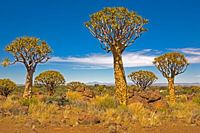 Namibian Sci-Fi - The Guardians of Quiver PrimeWeltReisender Magazin
Namibian Sci-Fi - The Guardians of Quiver PrimeWeltReisender Magazin Outback relic - Scarred by lifeWeltReisender Magazin
Outback relic - Scarred by lifeWeltReisender Magazin Gibb River Crossing - Adventures between the sky and the outbackWeltReisender Magazin
Gibb River Crossing - Adventures between the sky and the outbackWeltReisender Magazin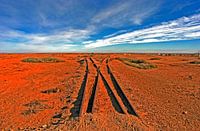 Tracks that lead nowhereWeltReisender Magazin
Tracks that lead nowhereWeltReisender Magazin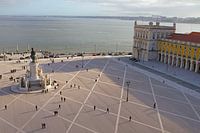 Praça do Comércio - the heartbeat of LisbonWeltReisender Magazin
Praça do Comércio - the heartbeat of LisbonWeltReisender Magazin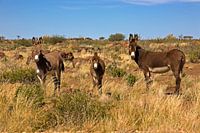 Curiosity in the steppe - Feral domestic donkeys in NamibiaWeltReisender Magazin
Curiosity in the steppe - Feral domestic donkeys in NamibiaWeltReisender Magazin Paths into the distance - on the Huib high plateau in NamibiaWeltReisender Magazin
Paths into the distance - on the Huib high plateau in NamibiaWeltReisender Magazin Earth in retreat - dry cracks in the Namibian desertWeltReisender Magazin
Earth in retreat - dry cracks in the Namibian desertWeltReisender Magazin The breath of the desert - Dune in the Namib-Naukluft ParkWeltReisender Magazin
The breath of the desert - Dune in the Namib-Naukluft ParkWeltReisender Magazin To the beat of the savannah - plains zebra in Etosha National ParkWeltReisender Magazin
To the beat of the savannah - plains zebra in Etosha National ParkWeltReisender Magazin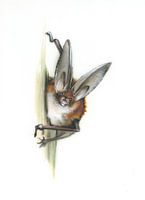 The great eavesdropper - Brown long-eared bat (Plecotus auritus)WeltReisender Magazin
The great eavesdropper - Brown long-eared bat (Plecotus auritus)WeltReisender Magazin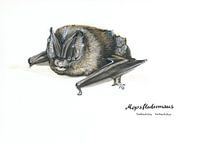 The Masked Pug Bat (Barbastella barbastellus)WeltReisender Magazin
The Masked Pug Bat (Barbastella barbastellus)WeltReisender Magazin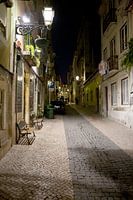 Silence at night in the heart of LisbonWeltReisender Magazin
Silence at night in the heart of LisbonWeltReisender Magazin Temple of the Baal in Palmyra - Stone LegacyWeltReisender Magazin
Temple of the Baal in Palmyra - Stone LegacyWeltReisender Magazin Column gallery at the Temple of BaalWeltReisender Magazin
Column gallery at the Temple of BaalWeltReisender Magazin Temple of Baal - The heart of PalmyraWeltReisender Magazin
Temple of Baal - The heart of PalmyraWeltReisender Magazin Palmyra - Where columns tell storiesWeltReisender Magazin
Palmyra - Where columns tell storiesWeltReisender Magazin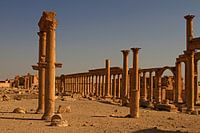 Palmyra - Where columns tell storiesWeltReisender Magazin
Palmyra - Where columns tell storiesWeltReisender Magazin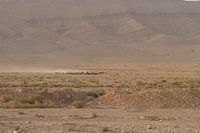 Herd of shepherds in the Syrian desertWeltReisender Magazin
Herd of shepherds in the Syrian desertWeltReisender Magazin Close-up of barnacles and mussel shellsWeltReisender Magazin
Close-up of barnacles and mussel shellsWeltReisender Magazin

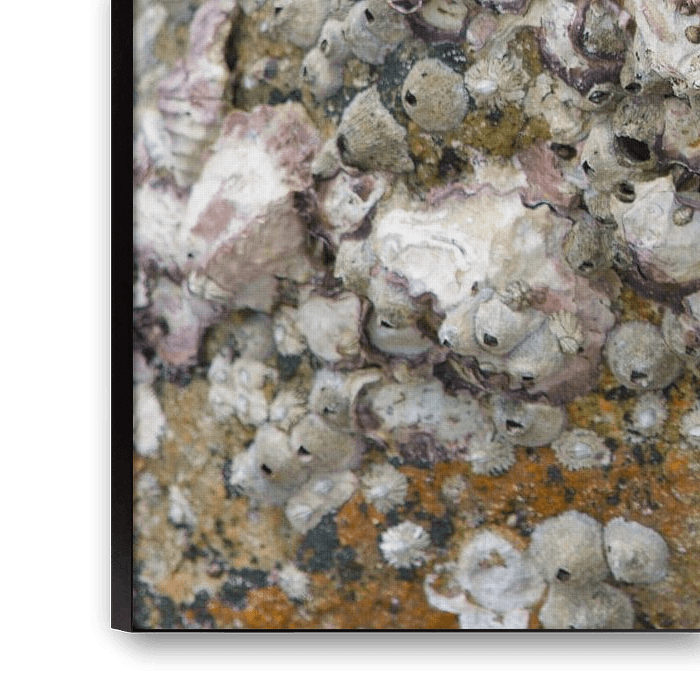











 Photo wallpaper
Photo wallpaper Photography
Photography Serene Peace
Serene Peace Vietnam
Vietnam









